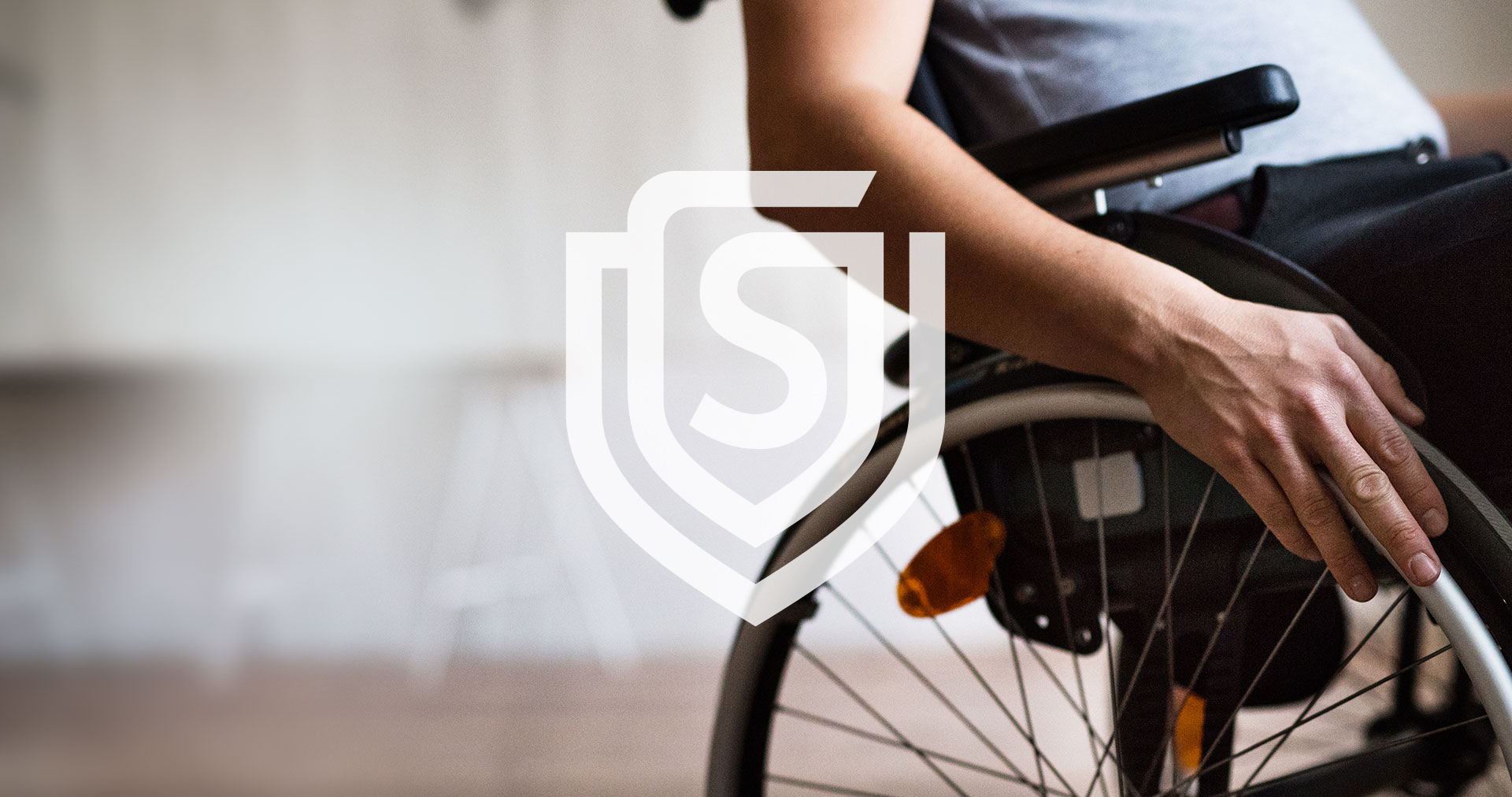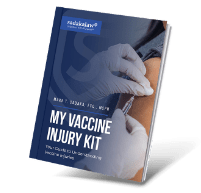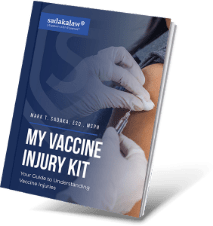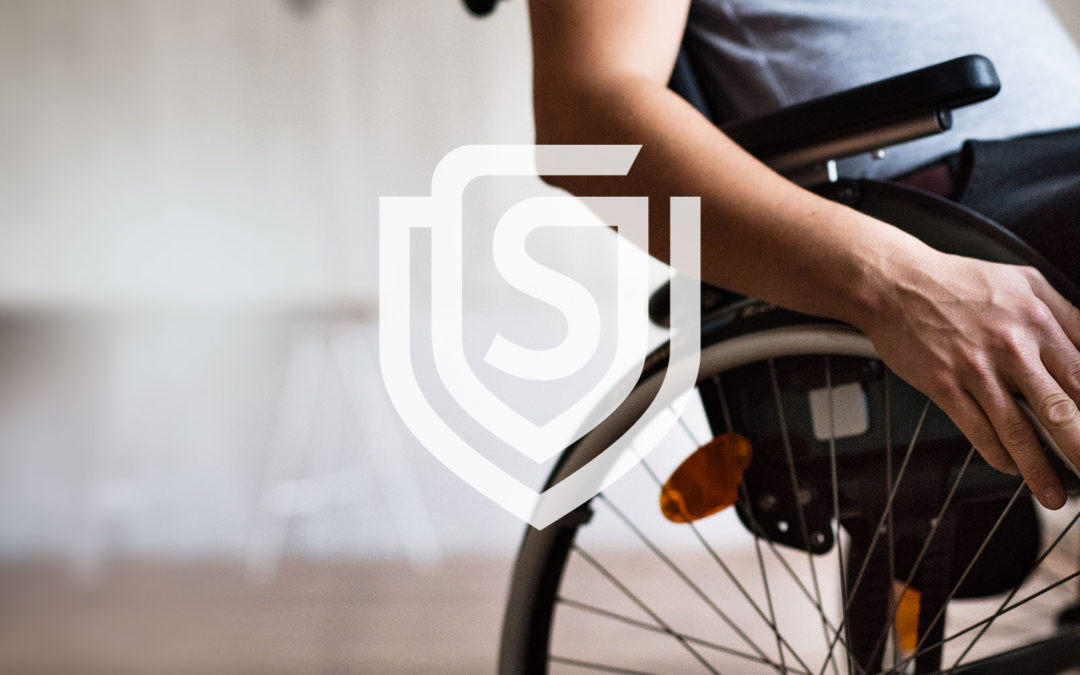Vaccine-induced thrombotic thrombocytopenia (VITT) is a rare but potentially fatal clinical syndrome that may occur in people who received the AstraZeneca and Johnson & Johnson COVID-19 vaccines.
Patients who develop VITT may suffer symptoms like vomiting, leg and back pain, and neurological symptoms like severe headaches, visual impairment, and seizures. VITT can lead to potentially fatal conditions like cerebral vein thrombosis or dural sinus thrombosis and cause death without prompt treatment.
If you or a loved one experienced suspected VITT, contact Sadaka Law today. Our law firm protects the rights of people who suffer from vaccine-induced immune thrombotic thrombocytopenia syndrome and other vaccine-related injuries.
What Is Vaccine-Induced Thrombotic Thrombocytopenia?
Thrombocytopenia is a disorder that involves a low platelet count. Platelets help blood clotting, so low platelet counts may cause abnormal bleeding.
Thrombocytopenia may involve one of the following clinical features:
- Low platelet production in the bone marrow
- Abnormally high platelet breakdown in the blood vessels (intravascular breakdown)
- High platelet breakdown in the liver or spleen (extravascular breakdown)
All three varieties of thrombocytopenia may occur because of vaccines. However, abnormal clotting may result from a specific type of thrombocytopenia known as disseminated intravascular coagulation (DIC).
Normally, platelet activation will occur at the injury site to prevent blood loss if you sustain an injury. In people suffering from DIC, proteins that activate platelets work overtime, causing blood clots to form. A similar mechanism occurs in heparin-induced thrombocytopenia.
Abnormal blood clotting is extremely dangerous since these clots can block the blood supply to vital organs like the heart, liver, or kidneys. Additionally, the body may exhaust its supply of proteins responsible for activating platelets, which puts the person at risk of severe, uncontrolled bleeding from even minor injuries.
Complications due to severe thrombocytopenia include arterial thrombosis, cerebral venous sinus thrombosis (a clot formation in the brain’s venous sinuses), deep vein thrombosis, pulmonary embolism, and more. Since clots or excess bleeding can occur anywhere in the body, it’s impossible to know in advance whether VITT will cause acute coronary syndrome, intracranial hemorrhage, or thrombosis of the splanchnic veins.
How Common Is It?
By all accounts, VITT is extremely rare. Of the millions who received a Johnson & Johnson or AstraZeneca COVID-19 vaccine, only a handful developed vaccine-associated immune thrombocytopenia. Canadian epidemiologists estimate the frequency of VITT at about one case per 100,000 vaccine doses.
However, precisely because VITT is so rare, medical professionals often fail to diagnose and provide timely treatment to patients who develop VITT antibodies. Pay attention to symptoms like persistent headaches, inexplicable limb or abdominal pain, and other signs of severe thrombosis after receiving the AstraZeneca or Johnson & Johnson COVID-19 vaccines.
What Types of Vaccines Can Cause VITT?
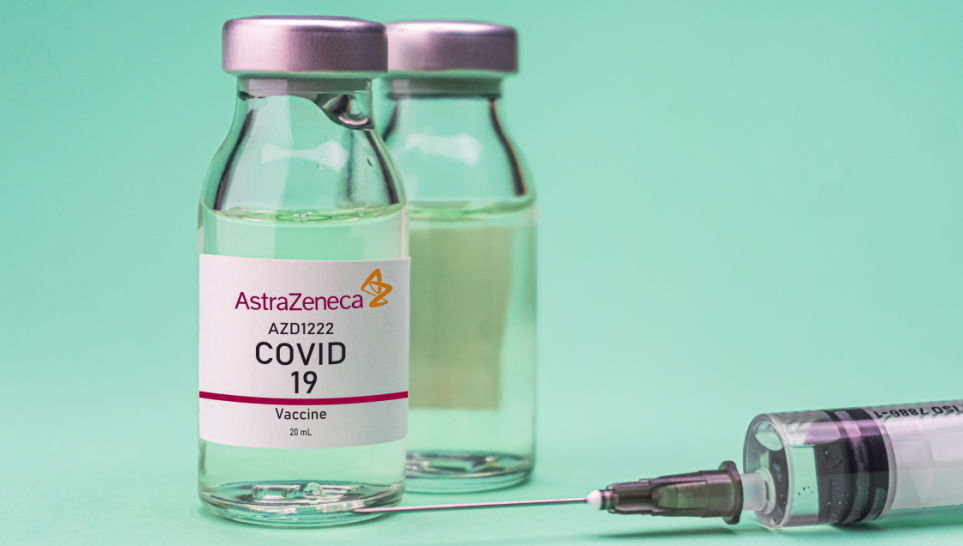
Two COVID-19 vaccines are associated with VITT: AstraZeneca and Johnson & Johnson. Both belong to the adenoviral vector-based COVID-19 vaccine types, as opposed to the mRNA vaccines by Pfizer and Moderna.
VITT occurs when adenoviral vector vaccines trigger the immune system. Unlike mRNA vaccines, which include an mRNA molecule enveloped in lipid nanoparticles, adenoviral vector vaccines contain proteins that can stimulate antibody formation.
When VITT develops, these vaccine-stimulated antibodies may bind to PF4 (platelet factor 4) and activate platelets. This leads to a clotting cascade and a reduced platelet count.
Who Is at Risk?
So far, statistics haven’t uncovered significant risk factors for VITT. Seemingly, VITT develops more often in women and people younger than 60. Women also face a slightly higher risk of developing heparin-induced thrombocytopenia, a disorder with a mechanism similar to VITT.
However, early vaccination demographics may skew VITT data. For instance, the first groups to receive an adenoviral COVID-19 vaccine were young healthcare workers, many of whom were female. It may also be easier for medical professionals to diagnose VITT in younger people, who typically have a lower risk of developing a clotting disorder like venous thromboembolism or clotting-associated cardiovascular disease.
Since risk factors don’t assign VITT to a specific demographic, anyone who has received COVID-19 vaccines of the adenoviral vector-based type should be aware of VITT and its associated symptoms and risks.
Signs and Symptoms of VITT
VITT symptoms depend on the area of the body where abnormal clotting develops. Here’s a breakdown of possible VITT symptoms by location:
- Brain and cranial cavity (e.g., cerebral veins or dural venous sinuses): Acute and lasting headaches, visual impairment, seizures, loss of consciousness, other neurological effects, vomiting.
- Limbs: Pain, swelling, and/or fluid retention; in severe cases, acute limb ischemia characterized by pallor and lack of pulse.
- Lungs: Shortness of breath, sharp chest pain, pulmonary embolism.
- Digestive tract (splanchnic veins): Strong abdominal pain and/or back pain.
- Eyes: Visual impairment, double vision, vision loss, eye pain.
Most individuals who suffer from VITT develop symptoms 5-10 days after their COVID-19 vaccine, so it’s crucial to watch out for any unusual pain, discomfort, or neurological symptoms.
How To Diagnose VITT
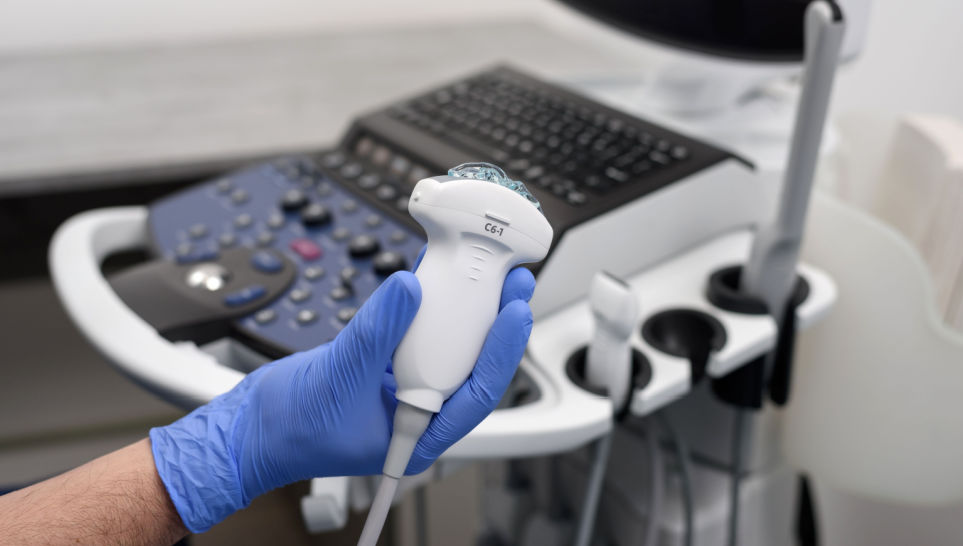
A prompt and accurate diagnosis of VITT can save lives. People who develop definite or probable VITT symptoms a few days after receiving an adenoviral vector COVID-19 vaccine may undergo different tests to confirm their diagnosis. These tests include:
- Brain MRI, CT, or magnetic resonance venography to diagnose cerebral sinus venous thrombosis, cerebral vein thrombosis, or ischemic stroke.
- MRI and magnetic resonance venography to locate clots in the eye blood vessels.
- Doppler or CT to identify digestive system tract vein blockage.
- Compression ultrasonography for suspected deep vein thrombosis
- Ventilation/perfusion scan and CT pulmonary angiography for clots in the lung area.
- CT angiography or catheter-based angiography to diagnose acute limb ischemia.
Additionally, diagnosing VITT requires tests that include complete blood and platelet counts. The median platelet count for VITT patients is typically around 20,000 (compared to a normal platelet count of 150,000-450,000), so a sharp drop in platelet count is a major VITT indicator.
Other blood tests involve antibody testing for PF4, ELISA (enzyme-linked immunosorbent assay), peripheral blood smear, coagulation testing, and a serotonin release assay to check platelet activation.
How Should You Treat VITT?
Vaccine-associated prothrombotic immune thrombocytopenia is a life-threatening condition that requires immediate medical intervention and, usually, hospitalization.
Treatment options for VITT include:
- Direct oral anticoagulants like dabigatran, rivaroxaban, and apixaban.
- Platelet transfusions. A platelet transfusion procedure can be lifesaving in people with a sharp drop in platelet count.
- Direct thrombin inhibitors, anticoagulant medications that inhibit thrombin, an activating platelet factor.
- In some cases, low-molecular-weight heparin.
- Intravenous immunoglobulin, which can slow down platelet destruction rates.
- Therapeutic plasma exchange—i.e., filtering the patient’s blood through an apheresis device. Plasma exchange is usually an option for patients who don’t respond to other treatments.
Additionally, VITT patients may receive supportive treatment, including bleeding management, ongoing platelet count monitoring, and, if necessary, surgical interventions like thrombectomies for excessively large clots that threaten vital organs.
Is It Possible To Prevent VITT?
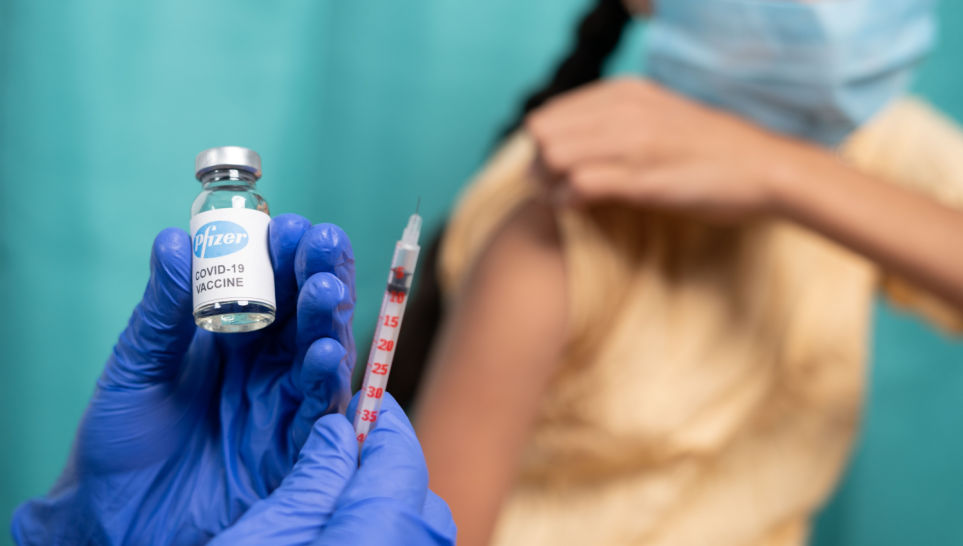
One way to prevent VITT is to opt for mRNA vaccines (like Pfizer and Moderna) rather than adenoviral vector vaccines by AstraZeneca and Johnson & Johnson. While the Pfizer and Moderna vaccines involve a slight associated risk of pericarditis and myocarditis, it appears there’s no link between VITT and mRNA vaccines.
If you received a COVID-19 vaccine from Johnson & Johnson or AstraZeneca, there isn’t much you can do to prevent VITT. VITT occurrences are rare, but you should watch for any unusual symptoms in the first couple of weeks after vaccination.
What Should You Do if You Think You Have VITT?
If you experience symptoms like severe headaches, blurred vision, seizures, difficulty breathing, chest, abdominal, or back pain, limb pain, swelling, loss of sensitivity in the arms or legs, or any other suspicious signs after your COVID-19 jab, seek medical treatment immediately. Schedule a visit with your primary care physician if your symptoms appear manageable, or head straight to the ER for acute symptoms.
When you receive treatment, let the healthcare staff know you recently received a COVID-19 vaccine of the adenoviral vector type.
Can You File a Claim if You Experience VITT?
If you suffer a vaccine-related injury like VITT or lose a loved one to VITT, you have the right to seek compensation for your suffering. Your primary legal option would typically involve filing a claim through the HRSA’s Countermeasures Injury Compensation Program (CICP), a sub-section of the Vaccine Injury Compensation Program (VICP), which covers injury and death cases associated with COVID-19 vaccines.
To be eligible for compensation, you must:
- Have experienced serious post-vaccine symptoms that lasted for a minimum of six months and/or required surgery or a hospital stay
- File your claim within three years of suffering a post-vaccine injury
- Establish a strong possible link between your illness or injury and the vaccine
In many cases, it’s impossible to prove with absolute certainty that a vaccine caused your injuries. To establish entitlement for compensation, it’s usually enough to show that the vaccine in question may cause VITT symptoms and that it’s highly likely that your VITT disorder resulted from getting vaccinated for COVID-19.
How Much Compensation Can You Get?
It’s impossible to predict how much your specific vaccine injury case may be worth. Generally, you may expect to collect compensation for the following:
- Medical costs, including hospitalization, rehabilitation, prescription drugs, and medical devices
- Lost wages, both past and future
- Loss of earning capacity
- Pain and suffering
You may also file a compensation claim on behalf of a family member who passed away from a vaccine-related injury. You’ll need to file your claim within two years of the deceased person’s passing and up to four years from the onset of the symptoms that led to the victim’s death.
How Long Is the Process?

Vaccine compensation claims are notoriously long and complex. A typical settlement agreement takes between one and two years, while cases that go to trial may take several years. Most VITT and other COVID-19 claims settle out of court.
Seeking compensation could take longer if several parties may be responsible for the vaccine-associated injury. For example, let’s say you experienced VITT symptoms and headed to the ER, but the hospital staff brushed off your concerns. A later diagnosis confirmed that you had VITT, and your condition likely worsened because you didn’t receive treatment on time. In that case, you may also pursue separate legal action against the hospital for medical malpractice.
Because of the time limit on VITT claims and the expected length of the process, it’s vital to file your claim as soon as possible. Prompt action also makes it easier to source relevant evidence, like medical records and professional statements.
How To Start the Compensation Process for VITT or Other COVID-19 Claims
To improve your chances of collecting compensation for vaccine-related injuries, you need an experienced and dedicated vaccine injury lawyer. At Sadaka Law, we focus exclusively on representing people who have suffered injuries from all vaccine types, including COVID-19, influenza, and HPV. We were the first law firm to win an HPV vaccine-associated death case.
Our legal team can:
- Guide you through the process of reporting your VITT symptoms to relevant channels, like your family physician and VAERS (Vaccine Adverse Event Reporting System)
- Help you gather and organize all the medical documentation related to your vaccine injury case
- Assess your case and let you know whether you may qualify for compensation
- File a claim with the Washington, D.C. federal vaccine court on your behalf
- Defend your claim at trial if settlement negotiations fail
Sadaka Law: Fighting for People With Vaccine-induced Thrombotic Thrombocytopenia (VITT)
For over 15 years, we at Sadaka Law have represented people who have suffered from vaccine injuries nationwide. Our talented legal team has recovered millions for vaccine injury victims and their families. We are here to protect your rights and use every available legal strategy to help you seek compensation.
If you or your family member experienced vaccine-induced thrombotic thrombocytopenia, schedule a free consultation by filling out our contact form or calling 1-800-810-3457 for our Vaccine Injury Hotline.
